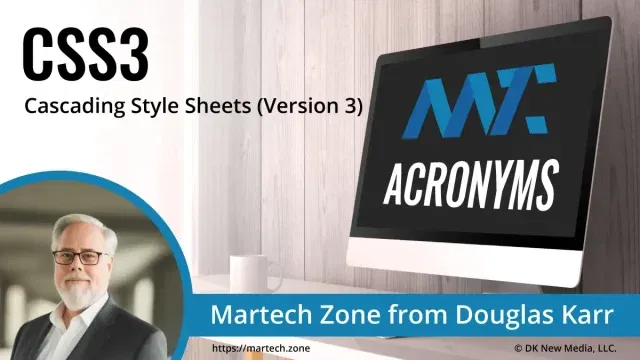Acronyms Beginning With C
Sales, marketing, and technology acronyms that begin with C
-

CSR
A business approach that encourages companies to be socially accountable for their actions and their impact on society and the environment. CSR goes beyond the traditional focus on profit and aims to create a positive impact on various stakeholders, including…
-

CSRB
An independent advisory board established by the U.S. Department of Homeland Security (DHS) in February 2022. The CSRB was created in response to the growing number and severity of cybersecurity incidents affecting the public and private sectors. The primary objectives…
-

CSS
A powerful tool for web designers and developers, allowing them to control the look and layout of multiple web pages simultaneously. It can be used in three ways: inline, in the header (internal), and as an attached stylesheet file (external).…
-

CSS
An online tool or website that allows consumers to compare the prices and features of products from different retailers. These services are designed to help shoppers find the best deals on various items, ranging from electronics and clothing to travel…
-

CSS3
The latest version of the CSS language that’s used for styling and formatting web documents written in HTML or XML. CSS3 builds upon the foundation of earlier CSS versions, introducing new features and capabilities that enhance web content’s design, layout,…
-

CSSOM
A programming interface that allows developers to read and manipulate the styles of a web page in a structured, object-oriented way. It is conceptually similar to the Document Object Model (DOM), which represents the HTML structure, but the CSSOM focuses…
-

CST
CST plays a crucial role in ensuring the reliability and effectiveness of cryptographic modules. CST is not just a set of procedures; it’s a comprehensive approach to validating the security claims of cryptographic products and systems. At its core, CST…
-

CSV
A versatile format used for representing data in a tabular form. This format is distinguished by its simplicity, using a comma to separate individual values within a record. CSV can be utilized both as a way to structure data in…
-

CTA
A prompt used in sales and marketing to encourage an immediate response or action from the audience. It’s a critical element of web pages, advertisements, marketing emails, and promotional materials designed to guide users toward a desired action, such as…
-

CTA
A significant piece of legislation was enacted to combat money laundering, financial fraud, and other illicit activities. It was passed as part of the National Defense Authorization Act for Fiscal Year 2021. The CTA primarily aims to improve transparency in…









